OHSAS Implementation and Operation: Defining Resources, Roles, and Responsibilities for Workplace Safety.
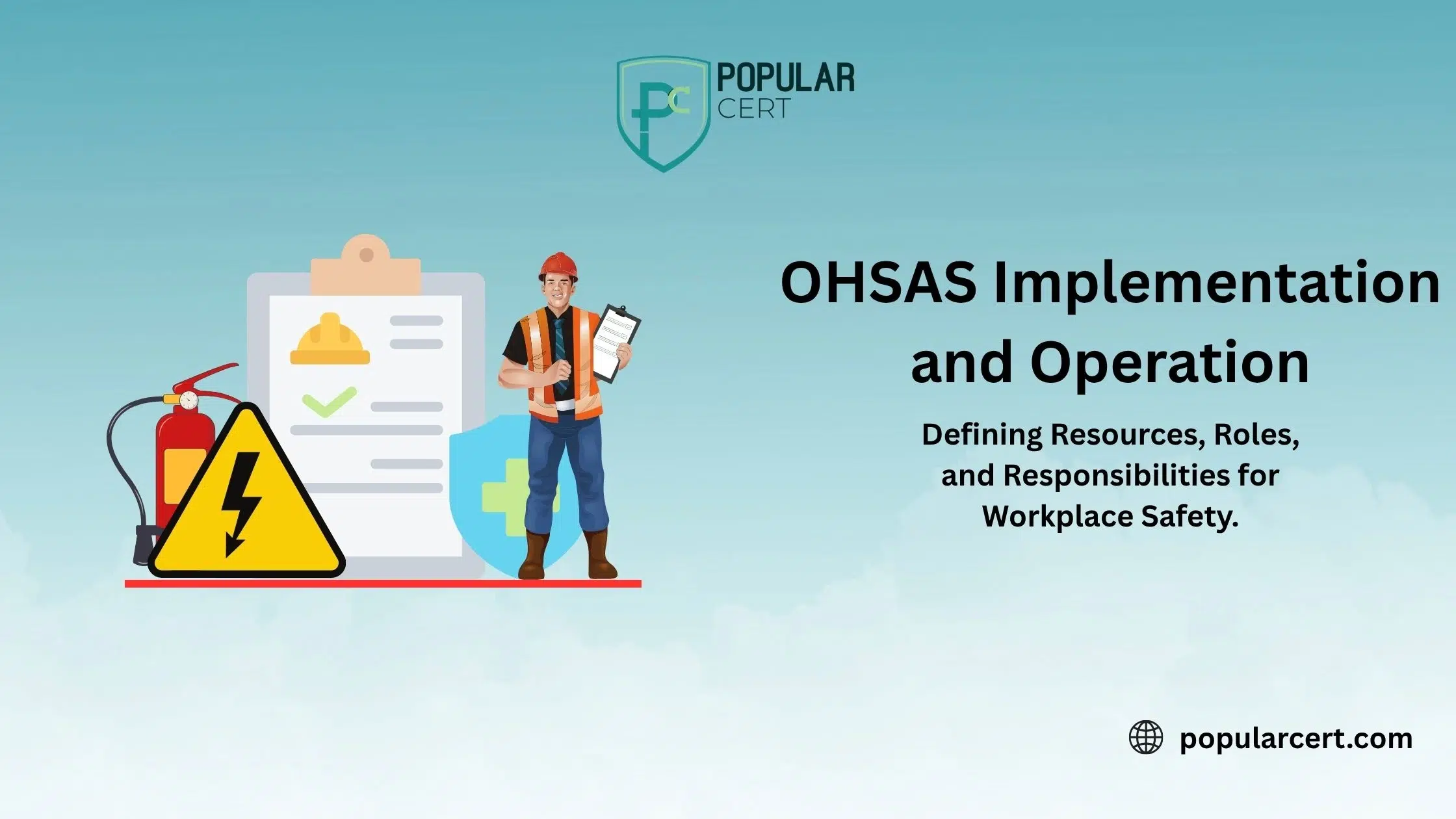
Implementing and maintaining an effective Occupational Health and Safety Management System (OHSMS) requires careful planning, adequate resources, and clearly defined roles and responsibilities. Whether you’re working with OHSAS 18001 or transitioning to ISO 45001, the success of your safety system depends on how well you allocate resources and engage your team.
This blog explores the key elements of OHSMS implementation, including the 5 M’s (Man, Machine, Method, Material, and Money), strategies to overcome common barriers, and the critical roles of management and employees. By understanding these components, organizations can create a safer workplace, ensure compliance, and foster a culture of continuous improvement
For the successful implementation, maintenance, and continuous improvement of the Occupational Health and Safety Management System (OHSMS), the management team must see to it that they have enough resources. These resources can be grouped into the 5 M’s:
- Man: HR and skillfulness.
- Machine: The information technology and fixtures that are located in the workplace.
- Method: The procedures and working methods they stick to.
- Material: The materials the employees use for their work.
- Money: The funds that are required to sustain the system.
The probable combination of these resources being necessary and the company’s need to engage in the careful planning of them are also the potential barriers to successful implementation. The company ought to carefully devise a plan for the successful application of the new rules that will work on these obstacles properly.
How to Overcome Barriers to Effective OHSMS Implementation
1.Man (Human Resources):
- Challenge: Lack of awareness or training can prevent employees from properly following the OHSMS.
- Solution: Provide ongoing training to all employees so they fully understand the OHS system. This will help everyone contribute to a safer workplace.
2.Money (Financial Resources):
- Challenge: Insufficient funding may prevent the system from being properly implemented or maintained.
- Solution: Top management must allocate enough funds to ensure the system runs smoothly. Without proper financial backing, it will be hard to maintain the safety system.
3.Machine (Technology and Equipment):
- Challenge: Some tools or devices cannot be used by employees without putting them at risk of their health and safety.
- Solution: In list-continuing manner specifying elements assess which machines will be dangerous, and apply the solutions by, eg. Installing machine guards, setting up confinement systems with work permits to keep the exposure to dangerous machinery to a minimum.
4.Method (Processes and Procedures):
- Challenge: Certain job methods could be out of date or not be safe enough to eliminate the hazards that were identified.
- Solution: The tendency over time to lose usefulness can be corrected only by the regular review and correcting of the procedures. Whenever any procedure is ascertained to be insecure and/or uneconomical it should be redressed to fit the best practices recommended and also safe working conditions.
5.Material (Raw Materials and Chemicals):
- Challenge: In the workplace some of the materials used may be unsafe for the health and safety of the employees.
- Solution: The diagnosis that all materials go through is very important to determine which one has potential risk. For instance, after the chemicals are used, make sure that they are not harmful before getting rid of them, on the contrary, and if they are, take necessary precautions to protect the workers.
Types Of Certification
- ISO Certification
- ISO 9001 Certification
- ISO 14001 Certification
- ISO 45001 Certification
- ISO 22000 Certification
- ISO 27001 Certification
- ISO 17025 Certification
- ISO 13485 Certification
- ISO 20000-1 Certification
- ISO 22301 Certification
- ISO 50001 Certification
- ISO 37001 Certification
- IATF 16949 Certification
- ISO 29001 Certification
- ISO 31000 Certification
- ISO 20121 Certification
- ISO 10002 Certification
- ISO 41001 Certification
Get Free Consultation
Our Clients
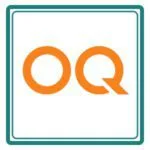
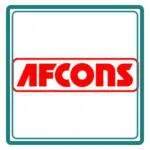
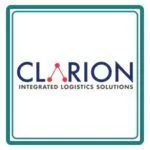
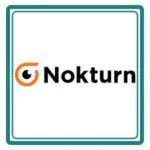

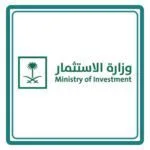
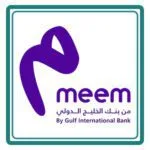
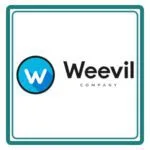
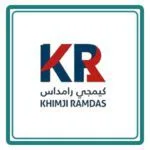



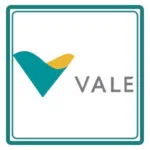

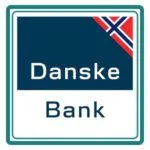

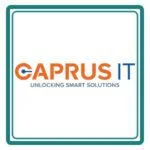
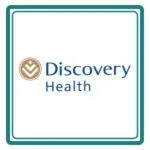
Roles and Responsibilities in OHSMS Implementation
- Top Management:
- The ultimate responsibility for health and safety falls on top management. They must ensure the system is set up, implemented, and kept running according to the established standards.
- Top management also needs to make sure that reports about the system’s performance are regularly shared with them, so they can stay informed and take action if necessary.
- Management Responsibility:
- Managers at all levels should show their commitment to improving safety continuously. They need to ensure the OHS system is working well, and that resources (time, people, equipment) are allocated effectively.
- Contractors’ Accountability:
- Health and safety standards that the company’s internal team adheres to should also guide the roles and responsibilities of the contractors.
In this way clear mutual understanding is made and the organization can carry out its OHSMS effectively by addressing these issues. The workplace is not only safer when the resources are properly allocated and the responsibilities are clearly defined, but it also becomes better in terms of efficiency and is in harmony with legal requirements.
What to look for as an auditor
That OHS responsibilities and authorities have been documented and matches with the
Corporate organization structure.
CHECK: OHS System Documentation, in particular;
- Evidence of appointment of OHS representative
- job descriptions include responsibilities and authorities related to OHSMS;
- Organization charts highlighting the OHS responsible personnel;
- That a process, for communicating roles and responsibilities to all employees and other relevant parties exists and, are effective.
CHECK: The appropriate people are aware of their responsibilities. (Include a check to see that contractors, visitors etc. responsibilities have been defined and effectively communicated)
- Evidence of active management participation and support for OHS, at all levels.
CHECK: That adequate resource is being provided (Human, financial, appropriate technology. specialized skills etc.) to achieve the organization’s OHS Policy and Objectives.
NOTE: Resources can be considered adequate if they are sufficient to carry out OH&S programmers and activities, including performance measurement and monitoring Personnel to be competent to perform task which impact upon health & safety;
- Procedure to be developed to make employees aware of;
- The importance of conformance with the OHS policy and procedures and the consequences of departure;
- the OHS consequences, actual and potential, or their work activities, and the benefits of improved performance;
- Their specific roles and responsibilities to enable OHS conformance.
- Training procedures shall take into account levels of literacy, and risk. responsibility, ability and
- That Competency requirements for individual roles are clearly defined and documented
CHECK: Job descriptions, training records, operational procedures etc.
- An analysis of competency and training needs has been undertaken. Training programmers/plans for individual employees have been developed.
- Range of training courses/products available for use within the organization Training records, and records of evaluation of effectiveness of training.
- Verify training records for contractors and visitors, as applicable
Conclusion
A well-implemented OHSMS is the backbone of a safe and efficient workplace. By addressing challenges related to resources, defining clear roles, and ensuring active participation from all levels of the organization, businesses can achieve their safety objectives and comply with legal requirements.
Remember, workplace safety is a shared responsibility. From top management to contractors, everyone plays a vital role in maintaining a safe environment. For more insights on OHSMS implementation and best practices, visit our website or explore our resources on ISO 45001.
GET A FREE CONSULTATION NOW
FAQ
What are the 5 M’s in OHSMS implementation?
The 5 M’s are Man (Human Resources), Machine (Technology and Equipment), Method (Processes and Procedures), Material (Raw Materials and Chemicals), and Money (Financial Resources). These are essential resources needed for effective OHSMS implementation.
What is the role of top management in OHSMS?
Top management is responsible for ensuring the OHSMS is properly implemented, maintained, and resourced. They must also review system performance regularly and take corrective actions when necessary.
How can organizations overcome barriers to OHSMS implementation?
By addressing challenges like lack of training, insufficient funding, outdated procedures, and unsafe materials. Solutions include ongoing employee training, regular process reviews, and proper resource allocation.
